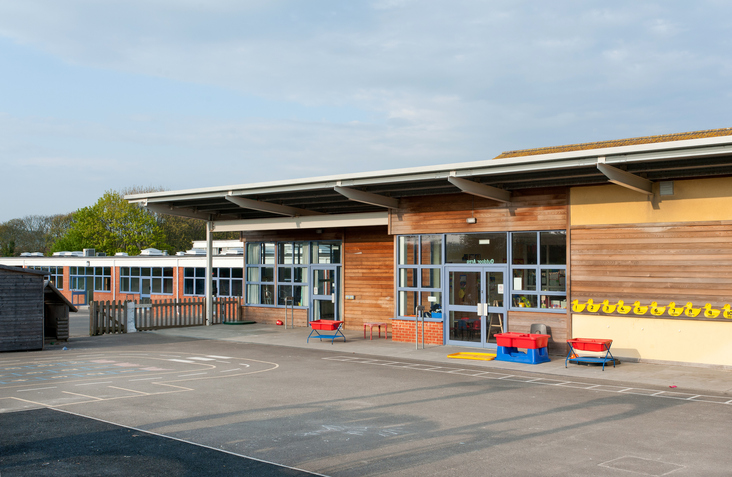Learning objective
Knowledge
- To recognise the difference between objects and materials.
Success criteria
Knowledge
- I can name objects.
- I can identify
This content is for subscribers only. Join for access today.
National curriculum
Science
Everyday materials
This content is for subscribers only. Join for access today.
Cross-curricular links
English
Reading – comprehension
This content is for subscribers only. Join for access today.
Before the lesson
This content is for subscribers only. Join for access today.
Lesson plan
Recap and recall
Ask the children to name the materials they learnt about in Lesson 1: Naming materials (wood, plastic, glass, metal, rock, water and fabric).
This content is for subscribers only. Join for access today.
Extended-mode explainer videos
How to extend your display to view the lesson page and preseantion mode simultaneously. Choose your operating system below to watch the video
If you need further support with extending your display,
please contact [email protected].
Extended-mode explainer video: For Mac
Extended-mode explainer video: For Windows
Adaptive teaching
Pupils needing extra support
Could be given pre-written sticky notes (two objects and two materials) to stick in an indoor/outdoor space (e.g. window, handle, smooth or bendy) for the continuous provision task; could use a device to take photographs of themselves next to their sticky notes.
Pupils working at greater depth
Could add adjectives to describe the materials (e.g. strong, stiff, shiny, stretchy or see-through) for the independent task; should add additional labels for objects made from more than one material (for example, swing: wood, metal and plastic) for the continuous provision task.
This content is for subscribers only. Join for access today.
Assessing progress and understanding
Pupils with secure understanding indicated by: naming everyday objects; identifying
This content is for subscribers only. Join for access today.
Vocabulary definitions
-
fabric
A material made by weaving threads together.
-
glass
A see-through material.
This content is for subscribers only. Join for access today.




